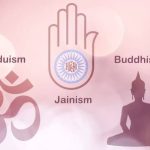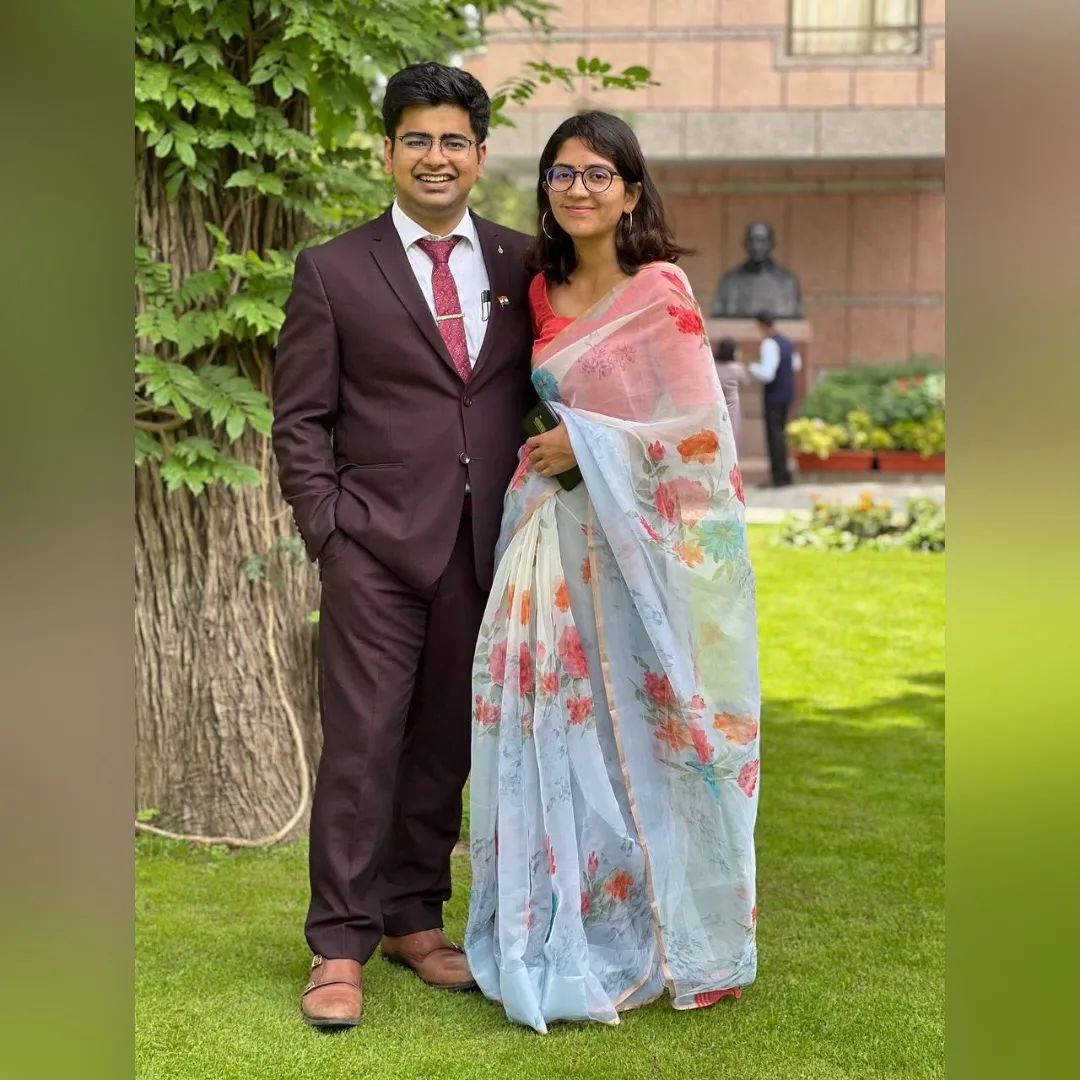A calendar is a way to organise the days of the year for social, religious, business, or government reasons. This is done by giving times of the day, week, month, and year names. In such a system, a date is the name for a single, unique day. A calendar is also an actual record of such a system, usually made of paper.
The following three methods are used to keep calendars in sync:
• The Islamic calendar is an example of a lunar calendar that is timed to the stages of the Moon.
Like the solar year, the lunar year is made up of 12 months, which are called “lunations.”
Since a lunar month can last between 29.26 and 29.80 days, it has a length of 354 days, which is 11 days shorter than a solar year.
To make the lunar year match the solar year, an intercalation or reduction is used to explain this difference. To make the lunar year match the solar year, an extra month is added every 2 years and 6 months. This extra month, also called an intercalary month, is called Adhik Masa. Solar calendars are based on how the seasons seem to change and how the Sun seems to move. The Persian calendar is an example of a solar calendar.
There are 365 days, 5 hours, 48 minutes, and 46 seconds in a solar year. This method keeps the year and the seasons as close as possible to each other. The solar year is made up of 12 months.
• Luni-Solar calendars are based on both the sun and the moon. The traditional Chinese calendar, the Hindu calendar in India, and the Hebrew calendar are all examples of these kinds of calendars.
Table of Contents
Classification of Indian Calendar Forms
In India, people use four different kinds of calendars:
• Vikram Samvat (Hindu lunar calendar)
• Saka Samvat (Hindu Solar calendar)
• Hijri Calendar (Islamic lunar calendar)
• Everyone uses the Gregorian Calendar, which is a scientific sun calendar.

Vikram Samvat:
The Vikram era began 57 years before the Christian era, or around 57 BC. It is still used in most of India, except for the Bengal area.
• The first year is 57 B.C.
• Historians think that King Vikramaditya of Ujjain started this era to celebrate his victory over the Saka rulers.
• It is called a lunar calendar because it is based on how the moon moves.
• There are 354 days in a year, and each year is split into 12 months: Chaitra, Vaisakha, Jyeshtha, Ashadha, Sravana, Bhadrapada, Ashwina, Kartika, Margashirsha, Pausha, Magha, and Phalguna. Each month has two phases.
• The 15-day Shuklapaksha is the bright half. It starts when the moon is new and finishes when it is full.
• The 15-day Krishnapaksha is the dark half. It starts when the moon is full and finishes when the moon is new.
Saka Samvat:
King Shalivahan started it.
• 78 A.D. is the first year of the Saka Samvat.
• It has lunar months and a solar year, so it is both a solar and a lunar calendar.
• In the year 1957, the Indian government made it the official calendar.
• The Saka Calendar starts every year on March 22, except in leap years when it starts on March 21.
• There are 365 days in a year.
• In the Saka Calendar, the months are called Chhaitra (March 21–April 20), Vaishakha (April 21–May 21), Jyeshtha (May 22–June 21), Ashadha (June 22–July 22), Shravana (July 23–August 22), and Shravana.
Bhaadra (August 22-September 22)
Ashwin (September 23 to October 22)
Kartika (October 23-November 21)
Agrahayana (November 22-December 21)
Pausha (22 December to 20 January)
Magha is from January 21 to February 19 and Phalguna is from February 20 to March 20/21.
Hijri calendar
• It is based on the moon.
• 622 A.D. is the first year.
• It began in Saudi Arabia and was followed there at first.
• There are 12 months and 354 days in a year.
• The name of the first month is Muharram (1st Muharram, which means “Islamic New Year”).
• Ramzan is the name of the ninth month. During this month, people fast so that their hearts can be cleansed. Iftar is the name for dinner, and Shehri is the name for breakfast.
• The Islamic calendar has 12 months. The first month, Muharram, is a holy time when no work or travel is allowed.
Safar is a good weapon for work, travel, and fighting.
Rabi’ al-awwal, or Rabi’ I, is the first day of spring.
Rabi’ al-thani (Rabi’ II) means that spring is over.
Jumada al-awwal (Jumada I) is the first day of winter.
Jumada al-thani, also called Jumada II, is the end of the cold season.
Rajah: Get ready to fence in the fields.
Sha’ban is the month when crops are picked.
Ramadan is the ninth month, when it is very hot and people fast to clean their souls.
Shawwal is the time to go shooting. (1st Shawwal: Eid-ul-Fitar) Dhu al-Qi’dah: Month to get the camels ready to move.
Dhu al-Hijjah is the last month, which is set aside for pilgrimages. (8-13 Dhu-al-Hijjah: Hajj to Mecca)
• Four of these 12 months are holy: January, July, November, and December.
• The months are all lunar and happen in a way that has nothing to do with the seasons or the solar year. This is because the difference between the solar year and the lunar year is not taken into account by the hijri schedule. So, compared to the Gregorian calendar, which is based on the solar year, it is off by one year every 33 years.
Gregorian calendar
This calendar is based on the birth date of Jesus Christ, who started Christianity.It is a solar year that starts on January 1 and lasts 365 days, 5 hours, 48 minutes, and 46 seconds.
• Since these extra hours couldn’t be added to the calendar in one year, intercalation was used and the practise of adding a day to the month of February every four years became popular. The year on this type of date is called a civil year.
In the year 632 AD, the Zoroastrian Calendar began. Iranians use the Qadimi Calendar, but Parsis in India use the Shahenshahi Calendar. Under the Shahenshahi Calendar, the new year, or Nowruz, is generally on March 20/21. Nowruz is the first day of spring.
Indian National Calendar
• The National Calendar of India is the Saka Calendar, which is used as the country’s official civil calendar. It is used in news broadcasts by All India Radio, calendars, and communication documents controlled by the Government of India. It is announced in the Official Gazette. It is also used to figure out which days are important in the Hindu religion and how to count them.In 1957, the Calendar Reforms Committee set up by the Government of India chose the Saka calendar as the National Calendar. After fixing some local mistakes, the Committee tried to get the astronomical data to match up and get everyone to use the same date.It started to be used on Chaitra 1, 1879, which was March 22, 1957 on the Gregorian calendar. This was Chaitra 1 on the Saka Samvat date.It was made the National Calendar of India so that the 30 different kinds of calendars that were used in India at the time would all work together.
















